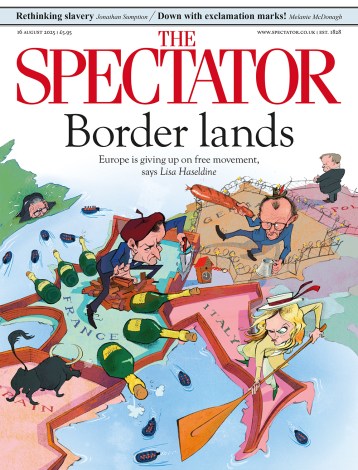Downton on sea
If Titanic hadn’t actually sunk on its maiden voyage not even Jeffrey Archer would have dared invent such a hammily extravagant plot. The passenger list — Benjamin Guggenheim, John Jacob Astor IV (Macy’s owner), Isidor Straus, the silent film actress Dorothy Gibson, inventor of the New Journalism W.T. Stead, and sundry English toffs — was just too implausibly rich and diverse. The sudden social levelling induced by disaster too neat and melodramatic. The background details — the band playing on, the lifeboat shortage, the men’s Birkenhead drill stoicism as their female loved ones and children clambered into the lifeboats (or not) — were too upsetting, maddening and moving. And the













